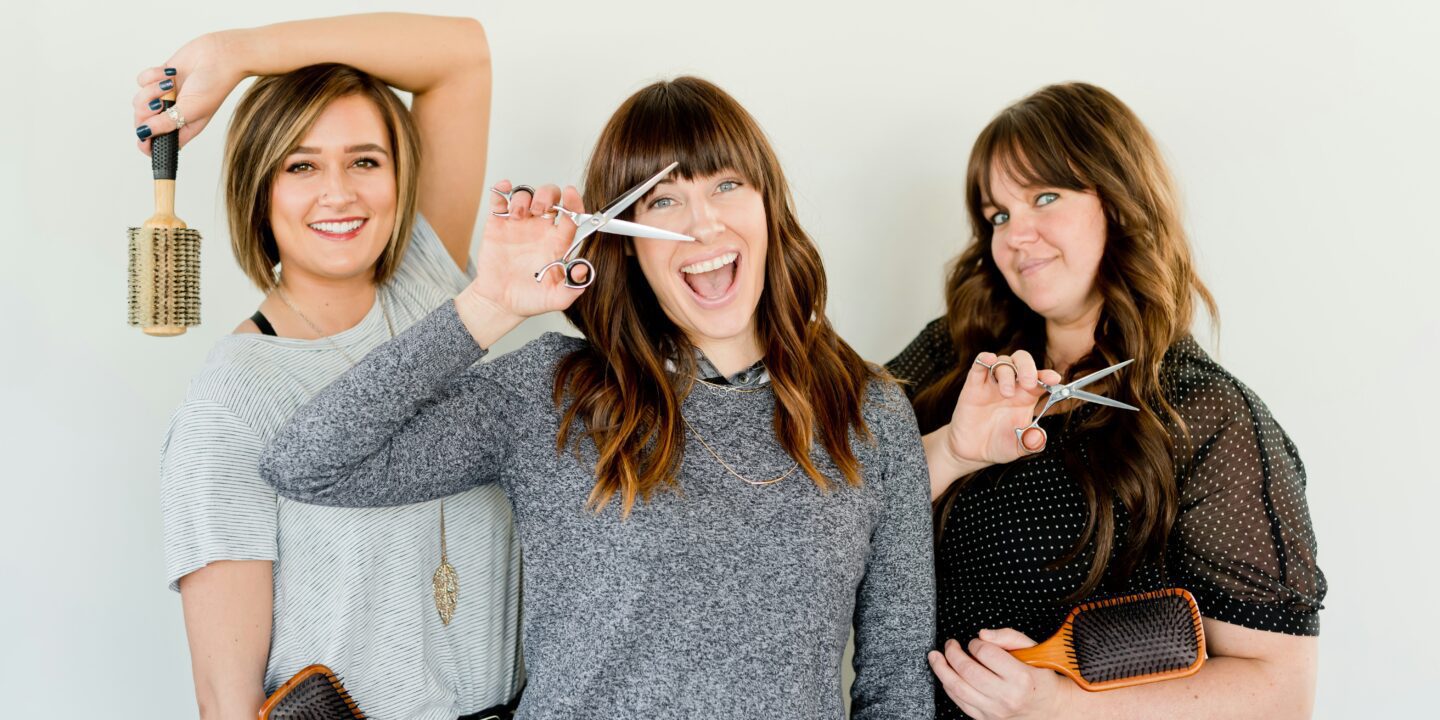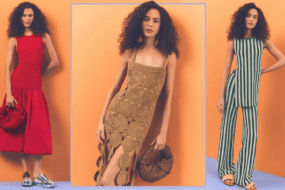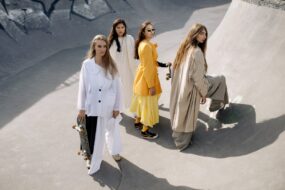
Introduction
Fashion is more than just clothing—it’s an expression of identity, culture, and artistic vision. Behind every runway show and clothing collection lies an intricate creative process that designers follow to bring their ideas to life. From initial inspiration to the final presentation, the journey of a fashion designer is filled with creativity, technical skill, and business acumen. In this article, we will explore the steps involved in the creative process of fashion designers, highlighting the dedication and craftsmanship behind every piece.
Step 1: Finding Inspiration
The first stage of fashion design begins with inspiration. Designers draw ideas from various sources, including art, history, nature, architecture, music, and social movements. Travel, personal experiences, and cultural trends also influence the creative direction of a collection. Some designers keep inspiration boards filled with photographs, fabric swatches, and sketches to visualize their themes.
Designers also research fashion history to create modern interpretations of past styles. For instance, designers like Alexander McQueen and Dior often incorporated historical elements into their designs, merging tradition with contemporary aesthetics.
Step 2: Concept Development and Mood Boards
Once inspiration is gathered, designers translate their ideas into a concrete concept. A mood board, a collage of images, colors, textures, and sketches, helps visualize the overall theme of the collection. This step ensures coherence in design and serves as a reference point throughout the creative process.
Mood boards help designers establish a color palette, fabric choices, and silhouettes. For example, a designer creating a summer collection may include airy fabrics, pastel shades, and images of beaches or flowers to set the tone for the line.
Step 3: Sketching and Illustration
After solidifying the concept, designers sketch their ideas. These initial drawings help visualize garment shapes, patterns, and details. Some designers use traditional hand-drawn sketches, while others use digital tools like Adobe Illustrator or Procreate to refine their designs.
Fashion illustrators play a crucial role in this phase, bringing sketches to life with detailed renderings. Designers also create technical flats—simplified, detailed drawings of garments that showcase construction details like seams, buttons, and zippers.
Step 4: Fabric Selection and Material Sourcing
Fabric selection is a critical part of fashion design, as materials determine the movement, fit, and aesthetic of a garment. Designers visit textile markets, work with fabric suppliers, or even develop custom textiles to bring their vision to reality. The choice of fabric affects how a garment drapes and interacts with the body.
Sustainability has become a major factor in this stage, with many designers opting for eco-friendly materials such as organic cotton, recycled fabrics, and plant-based alternatives like mushroom leather. Ethical sourcing and responsible production are becoming increasingly important in modern fashion.
Step 5: Pattern Making and Prototyping
Pattern making is the technical phase where sketches transform into wearable garments. A pattern is a blueprint for a garment, guiding the cutting and sewing process. Pattern makers create templates that outline the precise measurements and shapes needed for each piece of clothing.
Once patterns are ready, designers create prototypes or muslins—test garments made from inexpensive fabric. This allows them to assess fit, structure, and overall appearance before finalizing the design. Adjustments are made to ensure the garment looks and feels exactly as envisioned.
Step 6: Garment Construction and Production
After perfecting the prototype, designers move on to the construction phase. This involves cutting the actual fabric, sewing the pieces together, and adding finishing details such as embroidery, beading, or embellishments.
For high-end fashion, skilled artisans may handcraft garments using intricate techniques, while ready-to-wear lines are produced in factories. Designers work closely with seamstresses and manufacturers to ensure quality control and consistency across all pieces.
Step 7: Fittings and Adjustments
Fittings are essential in refining a collection. Models try on the garments, allowing designers to assess how they fit and move. Adjustments are made to perfect the design, ensuring comfort, proportion, and aesthetic appeal.
For haute couture, multiple fittings are required to tailor each garment precisely to the client’s body. Designers also test how different fabrics react under movement and lighting conditions to optimize presentation.
Step 8: Final Presentation and Marketing
Once garments are completed, designers prepare for their collection’s unveiling. Fashion weeks in major cities like Paris, Milan, New York, and London serve as key platforms for showcasing new collections. Designers organize runway shows, photo shoots, and marketing campaigns to promote their work.
Social media and digital marketing play an increasingly vital role in fashion promotion. Brands use platforms like Instagram, TikTok, and YouTube to engage audiences, providing behind-the-scenes glimpses into their creative processes.
Conclusion
The journey from concept to finished garment is a meticulous and artistic process that requires vision, skill, and dedication. Fashion designers blend creativity with technical expertise to craft collections that influence and inspire the world. Whether through couture craftsmanship or sustainable innovation, the work behind the scenes highlights the true artistry of fashion design.






















